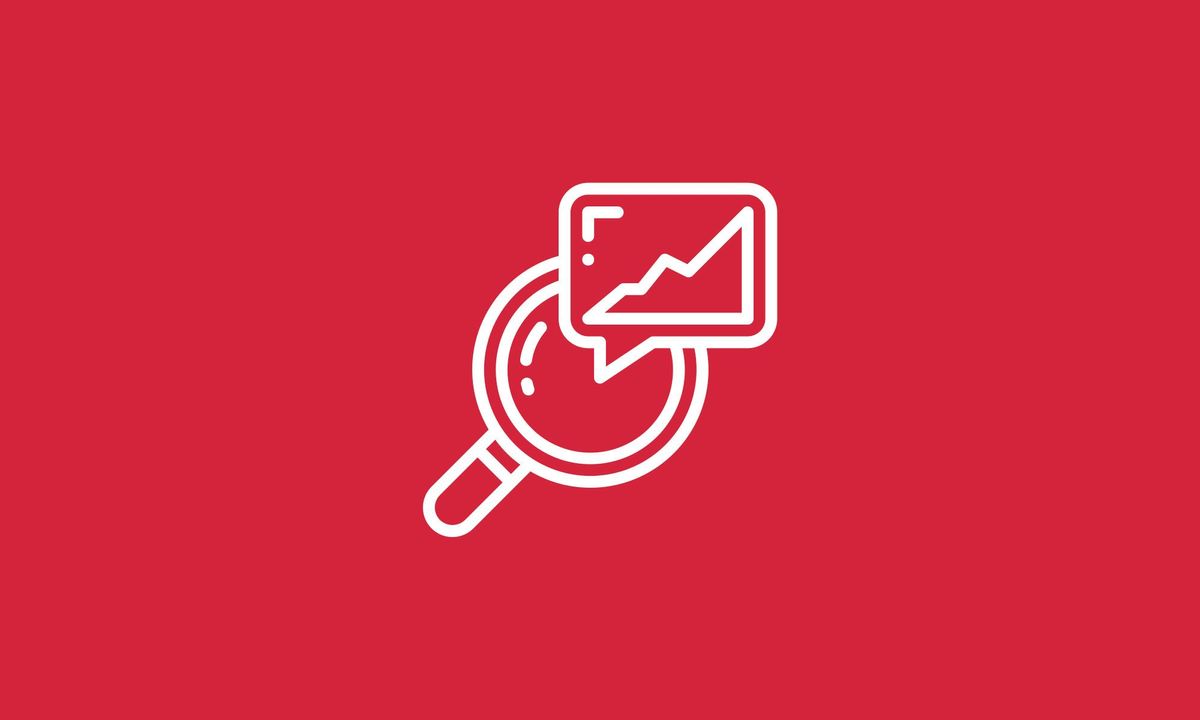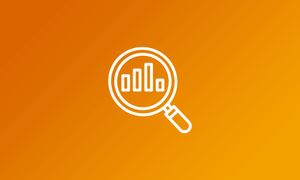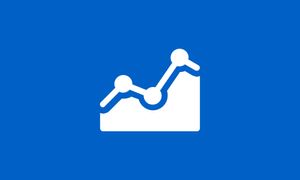Are you curious about the benefits of Google Analytics 4?
Should you upgrade from Universal Analytics to GA4 now—or wait for Google to close the curtains in July 2023?
To help you answer these questions, I'll cover the benefits of Google Analytics 4, so you know what you're stepping into should you decide to transition to GA4.
Here are the top nine benefits of upgrading your existing Universal Analytics property to Google Analytics 4.
Benefit 1: Prepare for the cookiepocalypse
Other major browsers like Firefox and Safari have already pretty much killed-off third-party cookies. Google Chrome—Google’s homegrown web browser—will follow suit in 2023.
Third-party cookies collect data from users to help marketers and advertisers create data-driven decisions. Although Google Analytics uses first-party cookies to track website traffic, it still relies on third-party cookies for referral data.
Google Analytics 4 will use Machine Learning (ML) and predictive metrics to crunch historical data and track the user journey using conversion modelling. This will continue to help you make data-driven decisions in your marketing campaigns without third-party cookies.
Benefit 2: Create customisable report pages
Google Analytics is known for its data-rich, visual-heavy reports.
While useful, these reports can be overwhelming for beginners.
It’s also impossible to customise the data sections or “cards” in each report. This can make the interface look and feel cluttered, even for experienced users, especially if they only need specific data sets from Google Analytics.
Google Analytics 4 lets you fine-tune your dashboard to specific marketing objectives, be it content research to conversion rate optimisation.
Just go to the report page you want to customise and click ‘Customize report’ in the upper-right corner.
In the “Customize report” panel, you can rearrange or delete data cards as you see fit. Click ‘Add Cards’ if you want to display new sections in the report.
Benefit 3: Easily identify your most profitable advertising channels
Google Analytics 4’s “Advertising workspace” gives give you a quick snapshot of your advertising channels. Use it to identify your most profitable Google ads channels across devices quickly.
For a deeper look at the customer journey, inspect the “Conversion paths” data card. The in-depth report it generates includes advanced engagement metrics like conversions, days to conversion, purchase revenue, and so on.
Augment your advertising campaign reports with a robust and feature-packed SEO tool like Semrush. While it’s known for its SEO analytics features, it also features a PPC (Pay-Per-Click) Advertising Toolkit that helps with keyword research, social media ad management, and ad tracking.
Benefit 4: Use automatic common event tracking
In the soon-to-be-retired Universal Analytics, tracking user events like scroll depth and YouTube video views requires the creation of custom events through Google Tag Manager. It’s a cumbersome process that involved several steps, such as installing Google Tag Manager, configuring new variables, creating a custom tag, and so on.
Google Analytics 4 lets you breeze through these steps.
Common events like scrolling, ad clicks, on-site search, and downloads are automatically tracked. It’s also easier to monitor related metrics like event count, event count per user, total revenue, and so on.
Tip: Click the ‘Plus’ button next to “Event name” to track more event-related metrics.
Benefit 5: Dig deep with Explorations
Google Analytics 4 accommodates specific analytics goals with the new “Explorations” feature.
Explorations let you create reports using various data visualisations and analysis techniques.
A similar feature was available in Universal Analytics for paid Google Analytics 360 users. With Google Analytics 4, it’s available for free as a built-in feature.
Explorations take content tracking, audience research, and conversion rate optimisation to the next level.
In the “Template gallery,” you’ll find ready-made Explorations designed to analyse certain areas of your marketing, like:
- Marketing funnel performance
- User segment overlaps
- User lifetime value
- Lead acquisition performance
- User cohorts behaviour
Benefit 6: Flexible tracking with an event-driven data model
Google Analytics 4 uses a flexible data model that breaks away from the fixed data structure from Universal Analytics.
Instead of measuring “hits” (page hits, eCommerce hits, interaction hits, etc.), Google Analytics 4 tracks everything as an event, including first page visits, ad impressions, sign-ups, and any other conversion event.
These events can contain a diverse list of parameters to provide enhanced measurement and reliable data on the complete customer journey.
Parameters add context to interactions in the custom event category, like what content types or traffic sources generate the most user engagement. This gives you more information to work with in content development.
Below are examples of the event parameters you can use:
- Content ID
- Content-type
- Item brand
- Price
- Page referrer
Benefit 7: Integrate app data into your dashboard
Google Analytics 4 was initially introduced as “Google Analytics App+Web.” This put heavy emphasis on the platform’s ability to consolidate data from mobile apps into your Google Analytics property.
Add a data stream from your mobile app by going to the “Admin” page, selecting ‘Data Streams,’ and clicking ‘Add stream.’
Use the built-in app reporting for mobile conversion optimisation without leaving Google Analytics 4. After configuring your mobile app stream, events like ad clicks, subscriptions, updates, and in-app purchases will be automatically collected.
Benefit 8: Get more data with higher limits
Universal Analytics limits the amount of data collected per property to 10 million hits. It’s also limited to tracking a maximum of 500 events per user session.
Google Analytics 4 lifts those limits and collects a virtually unlimited amount of unsampled data. This allows you to make marketing decisions based on more complete and reliable information.
There is, however, a limit of 500 distinctly named events for mobile app streams. Automatically-tracked events like scrolls, clicks, and ad views, however, don’t add to that limit.
Benefit 9: Export data with ease
With Universal Analytics, you need to pay for Google Analytics 360 to export raw data to BigQuery. Google Analytics 4 does this for free.
Google Analytics 4 also supports a “streaming export” option for user properties linked directly to BigQuery. This continuously feeds raw data from Google Analytics to the BigQuery cloud data warehouse, making the data available within minutes.
For traditional data exports, Google Analytics 4 lets you download reports as PDF or CSV files.
You can also use a third-party solution like Supermetrics to streamline data exports from Google Analytics. It automates data movements to destinations like Excel, Azure Synapse, Data Studio, and Google Sheets.
Are you ready to reap the benefits of Google Analytics 4?
Don’t spend hours or days learning Google Analytics 4.
Let us handle the setup and management of your Google Analytics 4 dashboard and focus on what you do best: running your business. Reach out here and get started.






